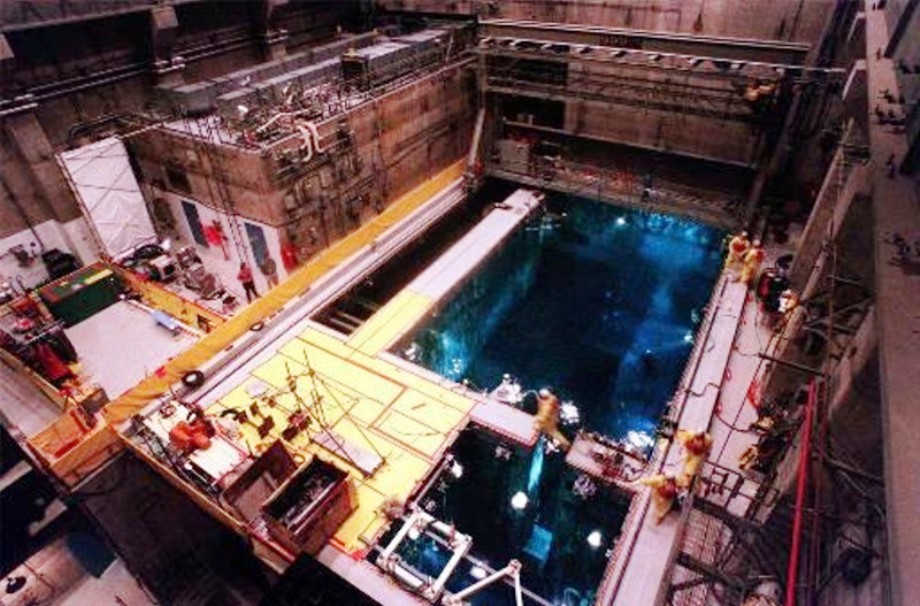In December 1987, an operator at the Wolf Creek nuclear plant near Burlington, Kansas, forgot to close a valve in the pipe connecting the spent fuel pool to the refueling water storage tank. The open valve allowed gravity to drain water from the spent fuel pool to the tank.
The control room operators did not notice the spent fuel pool water level dropping steadily during the next two days. The spent fuel pool water level was not routinely recorded. Operators relied on the spent fuel pool low level alarm to warn them. Unfortunately, the level alarm was not functioning properly and no warning was issued when the level dropped below the alarm point.
The operators also failed to notice the rising level in the refueling water storage tank during these two days. Luckily, at least 22 feet of water remained over the irradiated fuel assemblies in the spent fuel pool despite the lax monitoring by several consecutive shifts of operators.
Our Takeaway
Had the water level dropped another few feet, high radiation fields in and around the fuel handling building could have made it difficult for workers to recover from the situation once it was finally noticed. Radiation alarms would have ultimately clued operators into the spent fuel pool drainage problem; that is, assuming that the radiation alarms would have worked.
Nuclear power plants are not a house of cards. It takes more than a single equipment failure or worker mistake to cause radioactive materials to be released. But that happens more than it should.
While this incident had a good outcome, it involved the ingredients for a major nuclear disaster – multiple failures: (1) a worker left a valve in the wrong position, (2) many groups of operators failed to notice the water level steadily dropping in the spent fuel pool, (3) many groups of operators failed to notice the water level steadily rising in the refueling water storage tank, and (4) the spent fuel pool low level alarm failed.
That many groups of operators failed to notice the decreasing water level in the spent fuel pool is most troubling. Their collective neglect of the water level steadily dropping towards the danger zone strongly suggests that their training and procedures failed to instill the appropriate awareness of spent fuel hazards.
“Fission Stories” is a weekly feature by Dave Lochbaum. For more information on nuclear power safety, see the nuclear safety section of UCS’s website and our interactive map, the Nuclear Power Information Tracker.

